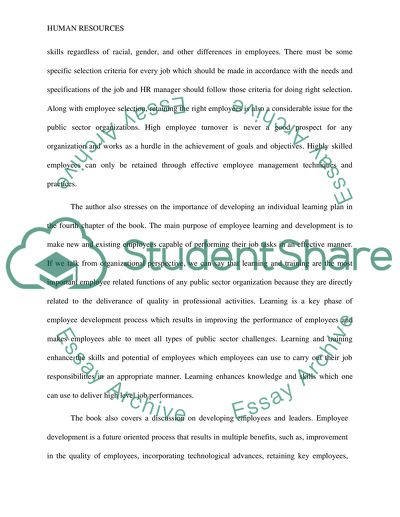Cite this document
(“Book report or summary of the book Human Capital Tools and Strategies /Review”, n.d.)
Book report or summary of the book Human Capital Tools and Strategies /Review. Retrieved from https://studentshare.org/human-resources/1498184-book-report-or-summary-of-the-book-human-capital
Book report or summary of the book Human Capital Tools and Strategies /Review. Retrieved from https://studentshare.org/human-resources/1498184-book-report-or-summary-of-the-book-human-capital
(Book Report or Summary of the Book Human Capital Tools and Strategies /Review)
Book Report or Summary of the Book Human Capital Tools and Strategies /Review. https://studentshare.org/human-resources/1498184-book-report-or-summary-of-the-book-human-capital.
Book Report or Summary of the Book Human Capital Tools and Strategies /Review. https://studentshare.org/human-resources/1498184-book-report-or-summary-of-the-book-human-capital.
“Book Report or Summary of the Book Human Capital Tools and Strategies /Review”, n.d. https://studentshare.org/human-resources/1498184-book-report-or-summary-of-the-book-human-capital.


